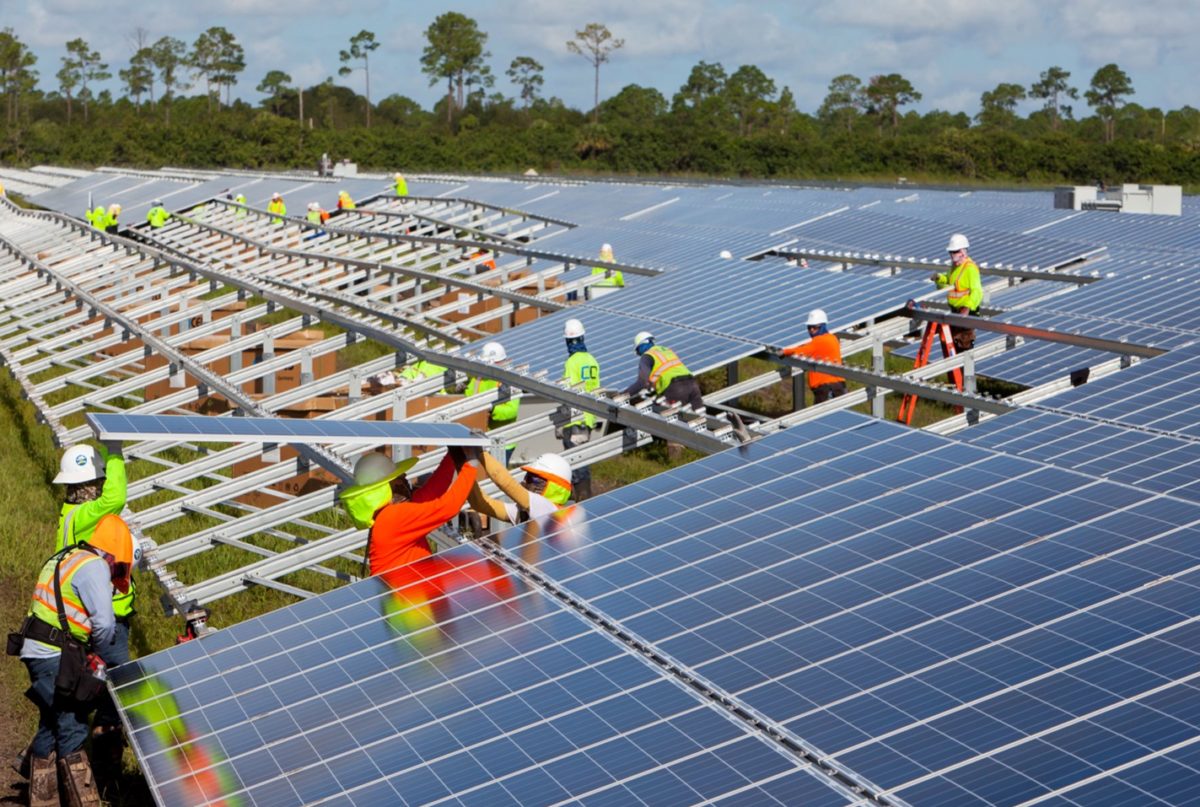The Federal Energy Regulatory Commission (FERC) released data that show solar leading the way in capacity additions, with 8,410 MW added through the first three quarters of 2021.
That is an increase of 38% over the first three quarters of 2020, potentially indicating a bounce-back from the Covid-19 pandemic, and general growth of the industry.
Solar PV represented 44% of all capacity additions; wind added the second-most with 43% of the share. Renewable energy now represents 25% of total U.S. available generating capacity. This is greater than coal (19%), which used to hold the greatest share of the generation mix. Five years ago, renewables were 18.45%, and a decade ago the sector represented 14% of total capacity.
FERC reported a pipeline of 168,601 MW of new solar planned, with 51,758 MW classified as “high probability” projects, indicating a continued strong growth outlook. Around 92 MW of PV was expected to be retired, according to the data.
If FERC’s growth outlook holds true, by 2024 renewable energy should represent just over 30% of capacity, and solar would account for 8.88%.
“Whether one compares solar’s growth to that of last year or a decade ago or three years hence, the conclusion is the same — it has been, and continues to be, explosive … and wind has not been far behind,” said Ken Bossong, executive director of the SUN DAY Campaign, which analyzed the data. “And this growth can only accelerate if recent COP26 commitments are kept and the proposed federal Build Back Better legislation is enacted into law.”
This content is protected by copyright and may not be reused. If you want to cooperate with us and would like to reuse some of our content, please contact: editors@pv-magazine.com.









By submitting this form you agree to pv magazine using your data for the purposes of publishing your comment.
Your personal data will only be disclosed or otherwise transmitted to third parties for the purposes of spam filtering or if this is necessary for technical maintenance of the website. Any other transfer to third parties will not take place unless this is justified on the basis of applicable data protection regulations or if pv magazine is legally obliged to do so.
You may revoke this consent at any time with effect for the future, in which case your personal data will be deleted immediately. Otherwise, your data will be deleted if pv magazine has processed your request or the purpose of data storage is fulfilled.
Further information on data privacy can be found in our Data Protection Policy.